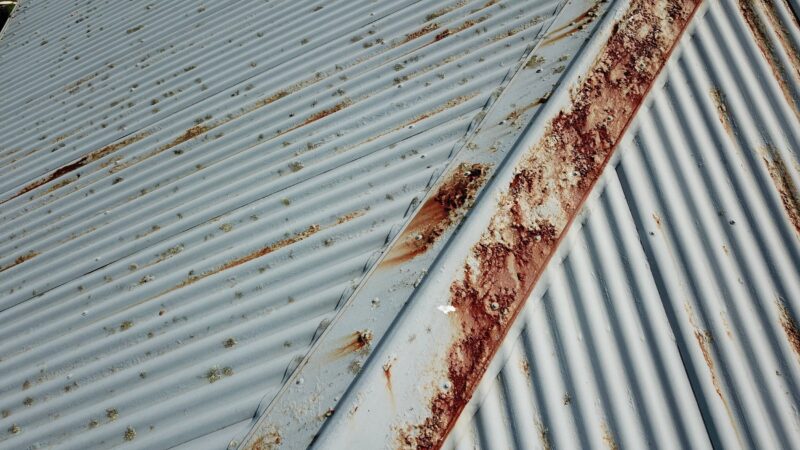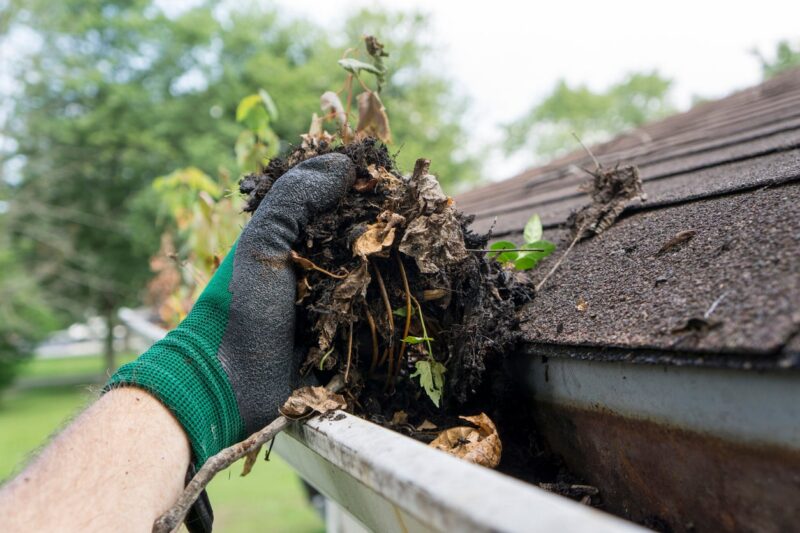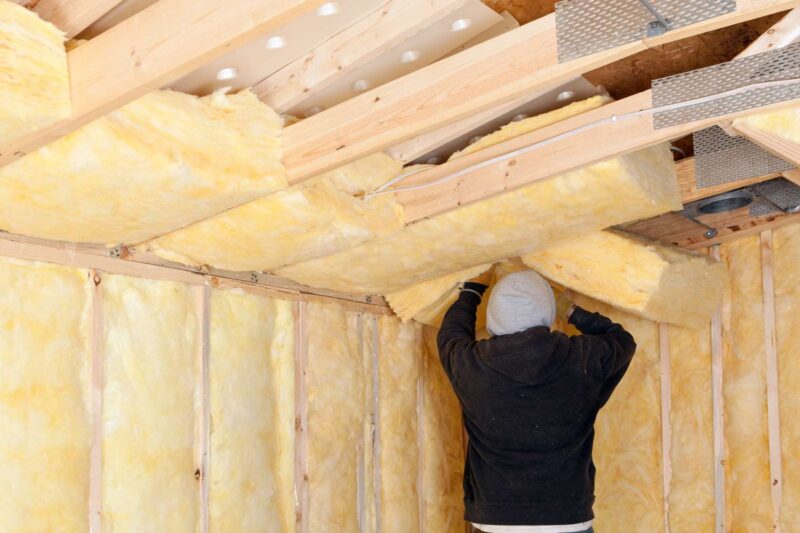As weather patterns around the world continue to become increasingly unpredictable, it has never been more important to ensure that your home, and particularly your roof, is prepared for harsh weather conditions. This is the first line of defense against the elements, sheltering us from rain, wind, hail, snow, and intense heat. When properly maintained, it can significantly minimize the potential damages caused by extreme weather, saving you thousands of dollars in repairs and ensuring the safety of your loved ones. This comprehensive guide will provide you with all the necessary information and actionable steps to get your roof ready for any weather event.
Assessing Your Roof’s Current Condition

Preparing your roof for harsh weather begins with understanding its current condition. Carefully inspect your roof for any signs of damage or wear and tear, such as missing shingles, cracks, leaks, or rusted flashing. If there are areas where sunlight can penetrate your attic or if there are stains from water damage, this could indicate that your roof is vulnerable and may need immediate attention.
However, a thorough roof inspection is not a task to be taken lightly. It can be dangerous, particularly for steep roofs or multi-story homes. Hence, consider hiring a professional roofing inspector and learn more about a roofing company that can handle your business. These experts have the right training and equipment to identify problems and weaknesses that the untrained eye may miss. This can be a worthwhile investment considering the potential cost and trouble of severe weather damage.
Trimming Overhanging Branches and Trees
Trees can enhance the curb appeal of your home, but overhanging branches pose a significant risk during stormy weather. They can be whipped about by strong winds, scratching or gouging your roof, and in the worst-case scenario, a whole tree could topple onto your home.
Regular tree maintenance is therefore essential. Trim back branches that hang over your roof, ensuring they are at least 10 feet away to minimize the risk of damage. Remember, safety first: larger trees and higher branches should be handled by a professional tree service.
Cleaning and Clearing Gutters and Downspouts

Gutters and downspouts play a critical role in maintaining the health of your roof by channeling water away from your home. However, they can easily get clogged with leaves, twigs, and other debris, causing water to back up and seep under your roofing material, leading to water damage.
Regular cleaning, especially during the fall or before a storm, can prevent this problem. Start by removing large debris, then flush the gutters and downspouts with a hose. Ensure they’re securely attached and water flows freely. If you notice any damage, schedule repairs immediately.
Reinforcing Roofing Materials
The material your roof is made of plays a significant role in how it stands up to harsh weather. Asphalt shingles, metal, tile, and slate all have different strengths and weaknesses when it comes to weather resistance.
Regular maintenance can help maximize their lifespan and effectiveness. This includes replacing worn-out shingles, ensuring metal panels are securely fastened and free of rust, and checking tiles or slates for cracks. Reinforce vulnerable areas such as eaves, ridges, and edges where wind and water can cause most damage.
Sealing and Weatherproofing
Sealing and waterproofing your roof is another critical step in weather preparation. This involves using specialized materials like sealants and caulks to fill any gaps and cracks and prevent water infiltration.
Pay particular attention to roof vents, chimneys, and flashing. These are common areas for leaks and should be well-sealed. While homeowners can perform minor sealing themselves, consider hiring professionals for larger projects for best results.
Ensuring Proper Insulation

A well-insulated roof is not only energy-efficient but also protects against severe weather conditions. Proper insulation can prevent the formation of ice dams in the winter, which can cause leaks and roof damage.
Consider an energy audit to assess the state of your roof’s insulation and ventilation. Based on the audit, you can then improve insulation by adding more where necessary, and ensure your attic has good airflow to prevent moisture buildup.
Installing Storm-Resistant Shingles
If you live in an area prone to severe weather, consider upgrading to storm-resistant shingles. These are designed to resist wind, hail, and heavy rain more effectively than standard shingles.
Options include impact-resistant shingles, which can withstand hail, and wind-resistant shingles, which can endure high winds. While the upfront cost may be higher, the long-term benefits of reduced repair costs and a longer lifespan often make the investment worthwhile.
Securing Loose Roofing Elements
Loose roofing elements such as ridge caps, flashing, and vents can become dangerous projectiles during a storm. It’s essential to secure these elements as part of your weather preparation.
Inspect them for any signs of damage or loosening, and fasten them securely. If you’re unsure, seek professional assistance to ensure these components are safely and effectively secured.
Creating a Maintenance Schedule
Regular maintenance is key to keeping your roof in good shape for any weather. Create a maintenance schedule that includes routine inspections, immediate repairs of any damage, cleaning gutters and downspouts, and checking for loose elements.
This proactive approach not only extends your roof’s lifespan but also helps you detect potential problems before they become major issues.
Preparing for Specific Weather Events

Preparation should also be tailored to the specific weather events common to your region. For instance, if hurricanes are a concern, consider installing hurricane clips for additional roof stability. In areas prone to heavy snowfall, ensuring adequate insulation and attic ventilation will help prevent ice dams.
By taking these region-specific precautions, you can equip your roof to withstand the worst weather events your area experiences, providing peace of mind and safeguarding your investment in your home.
Conclusion
Preparing your roof for harsh weather conditions is an essential part of home maintenance. By regularly assessing the condition of your roof, trimming trees, cleaning gutters, ensuring robust materials, sealing gaps, ensuring proper insulation, installing storm-resistant shingles, securing loose elements, maintaining a consistent schedule, and preparing for specific weather events, you can significantly enhance the durability of your roof. By investing time and resources in these proactive measures, you can protect your home, save money in the long run, and keep your loved ones safe. So, don’t wait for the storm to hit – start your roof preparation today!
